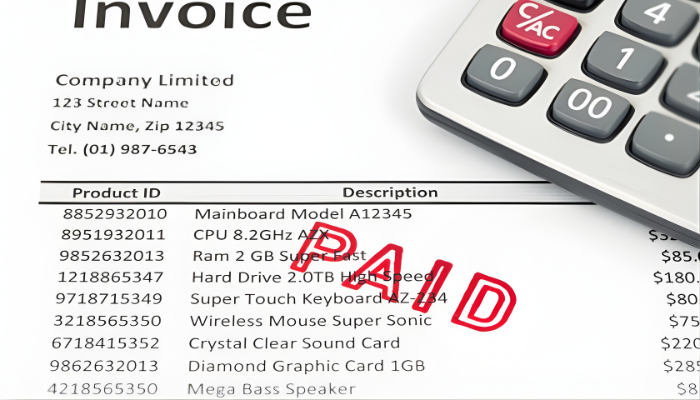
The healthcare industry, with its intricate billing and payment systems, often struggles with delayed payments. Two primary types of factoring emerge as solutions: health care factoring and medical factoring. Both offer significant advantages to medical companies, but understanding their unique processes and applications is crucial. Here's an in-depth look at what you need to know about factoring medical receivables.
What Does Factoring Medical Receivables Mean?
Medical receivables factoring differs from health care factoring. The latter caters to individual business owners running medical supply companies, staffing agencies, transcription services, and the like. In contrast, medical factoring is tailored for entities dealing with third-party payers, such as Medicare, Medicaid, or private insurers. Navigating the maze of medical claims with these insurers requires a specialized approach.
The healthcare sector, like many others, isn't immune to the challenges of delayed payments. However, the waiting game is particularly prolonged here. Medical companies billing public or private insurance companies often find themselves in a cash-flow crunch, making it tough to manage payroll, equipment maintenance, hiring, or even expansion. With most insurance claims taking anywhere from one to three months for settlement, the financial strain can be palpable, especially for newer or rapidly growing entities.
Medical receivables factoring addresses the slow payment dilemma, offering businesses swift access to funds. Unlike traditional business loans that can stretch over 60 to 90 days, invoice factoring is a more expedited process, often processing in as little as three to five days. Plus, the funds secured through factoring are non-repayable and devoid of interest. Once the factoring company deducts its fees, the remaining amount is entirely for the medical facility to allocate as it sees fit. The advantages offered by medical receivables factoring can be the lifeline many businesses need, often being the difference between prospering and going under
How to Start Medical Receivables Factoring
Starting your journey into medical receivables factoring begins with determining your eligibility. While the processes for both health care factoring and medical receivables factoring share similarities, they cater to distinct segments of the medical industry. Ideal candidates for medical receivables factoring include:
- Diagnostic imaging centers
- Hospices
- Hospitals
- Long-term care facilities
- Medical offices
- Nursing homes
- Pharmacies
- Rehabilitation clinics
- Surgery offices
If your facility invoices third-party payers rather than patients directly, medical receivables factoring could be your ticket to streamlined finances. Once you figure out your eligibility, it's essential to partner with the right factoring company. Seek a partner with a robust track record in healthcare and medical factoring, a clientele similar to your establishment, and solutions tailored to your needs. A thorough vetting process, complete with a comprehensive list of questions, can help you identify the perfect fit.
Expanding Your Medical Facility with Factoring
When you step into the world of factoring, it's like unlocking a new level of financial freedom for your medical facility. Once the right factoring partner gives your application the green light, it can certainly feel like a weight is lifted. They dive into the details, reaching out to third-party payers and insurance companies on your behalf. Whether you prefer things done confidentially or more directly, they've got it handled. Before you know it, you're seeing a sizable chunk of your invoice value upfront, ready to be used as you see fit. The beauty of medical factoring is its transformative power. In just a few days, it can turn a business facing cash flow challenges into one that's thriving and poised for growth.
Now, while the concept of factoring is powerful, the real magic happens when you have the right partner by your side. That's where Factor Funding comes in, with us, you're not just getting a financial solution; you're teaming up with experts who genuinely understand the medical landscape. We're committed to providing you with the funds and support you need to excel.
Our friendly and knowledgeable team is here, ready to guide and assist. If you're ready to explore how factoring can elevate your medical facility, consider Factor Funding as your go-to partner. Together, we can set the stage for your success.















